
Roaring Camp’s Future in Question: Transportation Commission Considers Forced Abandonment
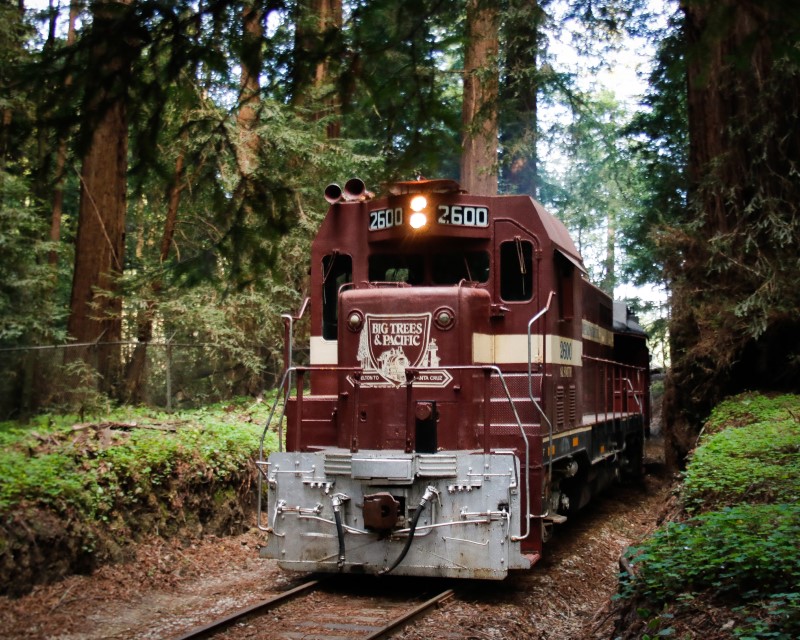
By Jayme Ackemann
In January, Governor Gavin Newsom announced that thanks to surplus budget revenues and a massive federal infrastructure investment package our state would make more than $2 billion in funding available for rail and transportation projects.
This seems like a less-than-ideal time for Santa Cruz County’s Regional Transportation Commission (RTC) to consider abandoning some of the rail corridors that could potentially benefit from those infrastructure investment dollars.
Stated simply, Santa Cruz County’s RTC wants to walk away from the millions that are available for state rail projects, and pay more than $14 million in Prop 116 funding BACK to the state for money used to purchase the rail corridor that they are now hoping to abandon.
On February 3, the RTC will consider whether to ask the Surface Transportation Board (STB) to approve a forced abandonment of the Felton Branch Line for freight operations. If that’s approved, RTC will likely pursue abandonment of the 32-mile Santa Cruz Branch Line next.
Roaring Camp Railroad in Felton is opposing the move. Its tourist trains operate over that corridor and it holds the right to use the line for freight business. If the STB abandons it, the corridor could lose federal regulatory protections and that could result in jeopardizing its easements to operate through certain areas like the state-owned Henry Cowell Redwoods Park.
In 2012, RTC used state Prop 116 funding to purchase the Santa Cruz Branch Line of the Union Pacific-owned railroad operating through Santa Cruz County. The money came with strings attached. As part of the “Clean Air and Transportation Improvement Act of 1990,” that funding was stipulated for use on a narrow band of projects that made $1.99 billion available for “passenger rail projects” or “bicycle and pedestrian paths in conjunction with rail and/or transit services.”
This means that a rail + trail project, as is currently recommended under the Transit Corridor Alternatives Analysis (TCAA) recently completed by RTC, would still be eligible for that funding but if the RTC abandons the Santa Cruz and Felton Branch Lines and opts for ‘rail banking’ they would have to reimburse the state. For an explanation of railbanking, see my earlier column. slvpost.com/path-to-rail-trail-decision-must-cross-four-bridges.
It’s less clear how the Santa Cruz County voters who approved rail funding to be included as part of Measure D in 2016 would be reimbursed. The measure, which passed with more than ⅔ support across Santa Cruz County residents, allocated 8% of its funding to the preservation of rail corridor infrastructure and study of rail alternatives. An analysis that was completed in 2021 and resulted in the RTC’s adoption of a locally preferred electric passenger rail alternative, that afforded space for a bicycle and pedestrian use trail.
Let’s review:
- 1990: California passes Prop 116 approving nearly $2 billion in passenger rail project funding.
- 2012: Santa Cruz County uses more than $14 million in state prop 116 funding to purchase the Santa Cruz Branch Line with the stipulation that it be used to create a passenger rail corridor.
- 2016: 67.78% of Santa Cruz County voters authorize the passage of a transportation sales tax (Measure D) which includes a projected $85 million in funding for rail investments.
- 2021: Santa Cruz County completes a rail study (Transit Corridor Alternatives Analysis). TCAA recommends RTC pursue electric passenger rail as the best transit alternative for the corridor. RTC Commissioners vote to approve this recommendation.
- 2022: California’s Governor announces ANOTHER $2 billion in funding available for rail projects.
The voters of Santa Cruz County do not seem deeply conflicted about rail. They have repeatedly asserted their desire to see it in operation. So what’s changed?
The commissioners will tell you that the business plan completed following the passage of the TCAA suggested that the costs to implement and operate rail would simply be too great.
The problem is that they stipulated that more funding would be needed to implement the project when they approved the TCAA. The business plan should have been an exercise in understanding the various funding and operating models, selecting a preferred alternative and then putting together the funding recommendation.
No project is fully funded at its early conceptual stage. When the Santa Clara Valley Transportation Authority decided to bring BART to San Jose it developed a project plan, took it to the voters for sales tax authorization and then used that funding to seek federal earmarks. It didn’t happen overnight – massive infrastructure investments never do. But that’s because these are generational projects – investments we make as much for ourselves as for the future Santa Cruz County residents we hope will be able to enjoy living here as much as we do.
San Lorenzo Valley voters in the Fifth District get it. According to a 2021 survey conducted by CA-based FM3 Research (Fairbank, Maslin, Maullin, Metz & Associates), 73% of registered voters in the 5th Supervisorial District support continued planning for both rail AND trail.
That’s a significant number and Supervisor McPherson Bruce should take note. For a little perspective, Santa Cruz County residents only voted in favor of marijuana legalization by 69.89% so getting 73% support is a noteworthy feat.
Still Support Rail AND Trail? Send a Letter
Supervisor McPherson, who is also an RTC Commissioner, needs to hear from San Lorenzo Valley that we oppose the forced abandonment of the Felton Branch Line before the RTC meeting on February 3 and thereafter as long as the issue remains unresolved. If the RTC eventually votes in favor of forced abandonment, it will then go before the state Surface Transportation Board for final approval. The public will then have additional opportunities to comment before that decision is made.
Roaring Camp employs our neighbors, attracts tourist dollars to our community, and hosts some of our best-loved community celebrations. You can support this beloved institution by writing a letter today to Supervisor Bruce McPherson at Bruce.McPherson@santacruzcounty.us. And use Roaring Camp’s form to reach all of the RTC Commissioners at roaringcamp.com/save-the-beach-train.
Jayme Ackemann is a public affairs consultant and freelance writer. She has worked on major capital investments and water infrastructure construction projects in the Bay Area. Jayme is a resident of Ben Lomond.
Featured photo of the Santa Cruz Big Trees Pacific Railway train contributed by Roaring Camp Railroads




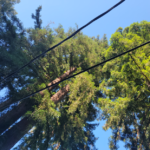
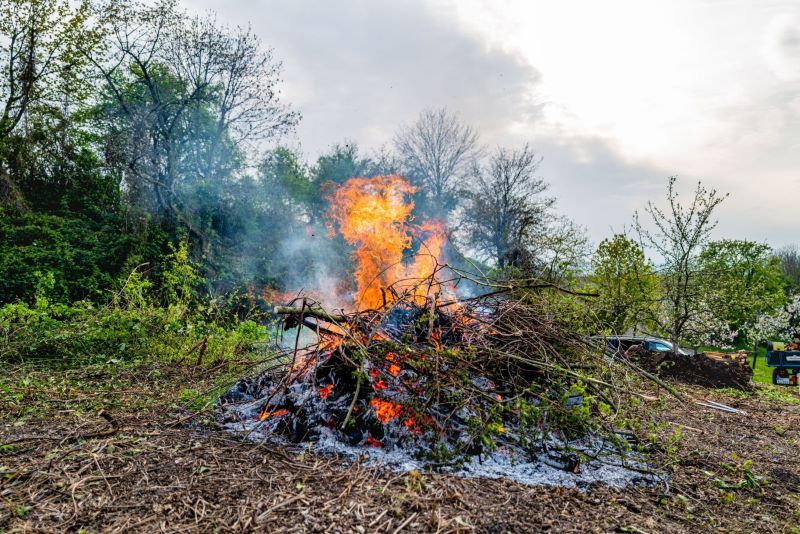
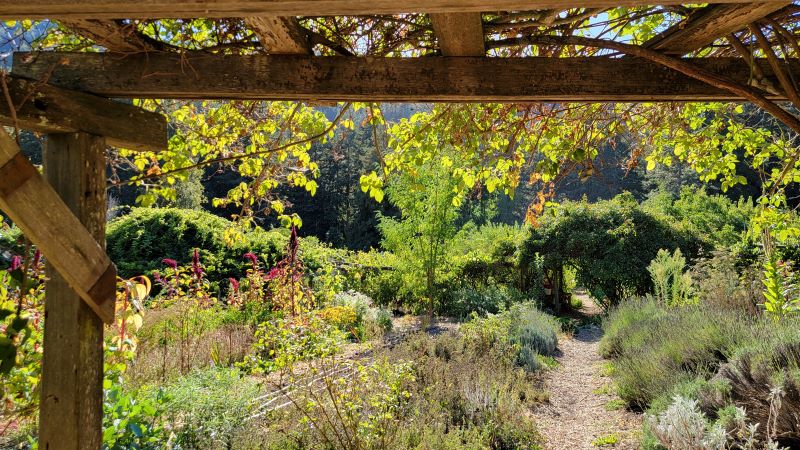
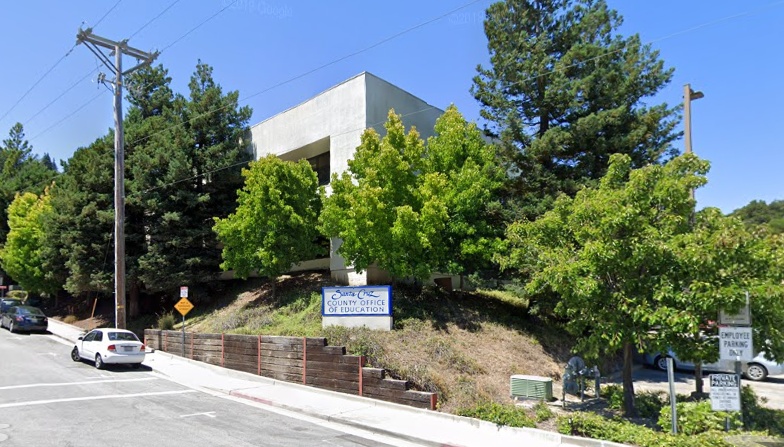


This is an excellent overview of the ever-increasing number of reasons to move forward with rail transit planning and implementation.
Why the RTC is considering moves that are 100% opposite of the public will and public process and all prior studies is difficult to understand.
I urge all readers to contact the RTC and demand they drop the adverse abandonment action against Roaring Camp and return the Electric Rail Business Plan to the agenda for further discussion and action. Write to Supervisor McPherson and the other commissioners, as well.
Here is a handy form to send your message to all the Commissioners:
https://www.roaringcamp.com/save-the-beach-train
Which organizations are lobbying the RTC to abandon rail plans?
I’m interested to know why the RTC is acting against the majority of Santa Cruz County who have made it very clear that they want to maintain and expand rail services as a solution to the commute horror show that is the Highway 1 corridor between north and south county.
Some people may wonder why some guy from West Virginia is spouting off about a railroad in California.
Perhaps the shortest was to say it is that I think it’s way past time that we grew up a bit and maybe faced some music.
In my opinion we are past the point of diminishing returns on highway investment and are actually hitting limits and negative returns.
Let’s consider traffic congestion to start with.
For years the answer was “Make the road wider.” That wasn’t too hard back when the road was new and maybe for some time after. Then the road was surrounded by trees, cows, and corn.
But later things got built up, and now there are houses, office parks, warehouses or distribution centers, shopping centers, and other businesses like motels and restaurants. Those are going to be a bit more expensive to pave over than forests, pastures and cornfields.
This is after you’ve already expanded the road out to where you are at the limits between the soundwalls you had to build because people along the road complained about the constant, unending noise.
Even where you do have the room, you run into serious navigation problems. You go down a 12-lane road (six in each direction), and you find to make any speed at all you need to be near the center. But sooner or later you’re coming to your exit, and you can’t get over because of the traffic. The right lane, the one you need to get on to to use the exit ramp, is plugged, not moving at all (and a hazard because of that), and the reason is the exit ramp goes into a street system that’s probably 100 years old, easily over 200 years old in the eastern part of the country. That street system can’t be widened because because that would mean more property demolition and costs and it would also make for a huge hit on the tax revenue of the town.
That’s not just a scenario around some large city. It applies to a little town just south of me, Stephens City, Va.–population, 1,800. In that town, since I-81 was opened some 50 years ago, development has taken place, both filling the space between the town and the road and also being built in new space on the opposite side of the road. These are convenience stores, restaurants, motels, and a real estate office and an accounting office. I had occasional visits to the accounting office when I was an auditor and I drew an assignment on one of their clients.
The State of Virginia has been considering widening I-81 to as many as 12 lanes, including dedicated truck lanes. . .and if they do that, they wipe out about a third of the businesses of Stephens City, and cause a big hit to the county it’s in as well.
And even if you could widen the road, you still have that navigation problem. In Texas, a highway was widened to an amazing 23 lanes–and it’s been found that traffic actually slowed down, a negative return. I understand there are now attempts to take some of those new lanes out of service.
In Texas.
Then there are the limits of cars themselves. Sure, you can buy a Corvette or something even faster (if much more expensive), but you won’t be able to use that performance in service. That rocket you paid good money for won’t get you to work, or anywhere else, faster than a 1957 VW Bug.
There is also the question of paying for this over time. Even the best of anything man can build will eventually need maintenance. You will need to repave and eventually rebuild much of your road, likely under traffic. That’s slow and expensive, and on top of that, you almost certainly will still have the old secondary roads to maintain, too. I argued that case about a road expansion where I was, where we got a new four lane road, but the old two lane didn’t go away.
And now the highway department, short on money as always, has six lanes to take care of instead of two.
And it’s not like the road system makes money. Hell, it doesn’t even pay for itself! It’s SUBSIDIZED!
From 2019, the last year this information is available.
Highway Revenue: $172.6 billion
Highway Spending: $258.1 billion
Subsidy: $85.5 billion
Cost Recovery Ratio: 66.9%
Subsidy per Gallon: 47.5 cents
Sources:
https://www.fhwa.dot.gov/policyi…/statistics/2019/hf10.cfm
https://www.fhwa.dot.gov/policyi…/statistics/2019/mf27.cfm
That’s just for one year. It’s gone on forever–or at least 100 years. The motorist has never paid what it really costs to drive.
And that’s just based on cash flow. It doesn’t include depreciation, deferred maintenance, or externalities, like oil wars.
I’m old enough to remember the first Arab-OPEC oil embargo in 1973. Even then I tried to tell people we needed to have an alternative to driving. I said if we did that, if we drove less but had other ways to get around, we could tell those Middle East kings and despots to drink their oil.
We never did that. We never grew up. Since then we’ve been in three oil shocks (1973, 1979, and 2007-2008), at least two oil wars, made Saudi Arabia and other places rich, while also generating resentment there because we’ve been propping up some nasty rulers because they had us over a barrel–an oil barrel.
And here we are.
Electric cars just exacerbate the highway subsidy, too. They don’t pay gas taxes because they don’t burn gas, but they still take up space and capacity.
We’ve gone as far as we can go.
If I were calling the shots, I’d end new road construction, or at least call a long moratorium on it. I’d put the money into repairs, get things in good shape.
And I’d put the new construction money into rebuilding what we foolishly threw away–our rail system, including passenger service.
Really, the status quo isn’t good. Isn’t it time we moved on to something better?
Corrected links for highway information.
https://www.fhwa.dot.gov/policyinformation/statistics/2019/hf10.cfm
https://www.fhwa.dot.gov/policyinformation/statistics/2019/mf27.cfm
Excellent and informative, I completely agree!
It is unclear to me that the abandonment of the line should be equated with the abandonment of the Rail & Trail project, or would jeopardize the Prop 116 funding. As I understand it, the abandonment is the first step towards railbanking, which will always precede the creation of a lightweight passenger train and has no effect on the trail part of the plan. I would be interested to know the source indicating that the $14 million would have to be returned.
I agree that everyone should write the RTC members to emphasize support of Roaring Camp continuing to run passenger trains, and to tell the RTC to continue to move towards the long term goals of the Rail & Trail plan, but it should be noted that the adverse abandonment would only immediately affect Roaring Camp’s ability to move freight – not passengers.
It is worth reading the RTC’s statement on the abandonment.
https://sccrtc.org/rtc-to-receive-informational-report-at-the-feb-3-commission-meeting-regarding-potential-adverse-abandonment-action-for-freight-service-only-on-the-felton-branch-line-and-the-relationship-to-the-poten/
Also, if you are new to Railbanking the RTC FAQ is worth reading. Railbanking is not necessarily ceasing all use of rail or removing the rail – it only necessarily means ceasing to run freight,
Hi Rae, in the United States railbanking has never once been followed by creation of a lightweight passenger train service, or any other rail-born train use. Pretending that results in SCC would be otherwise is misleading at best. I suspect you already know this.